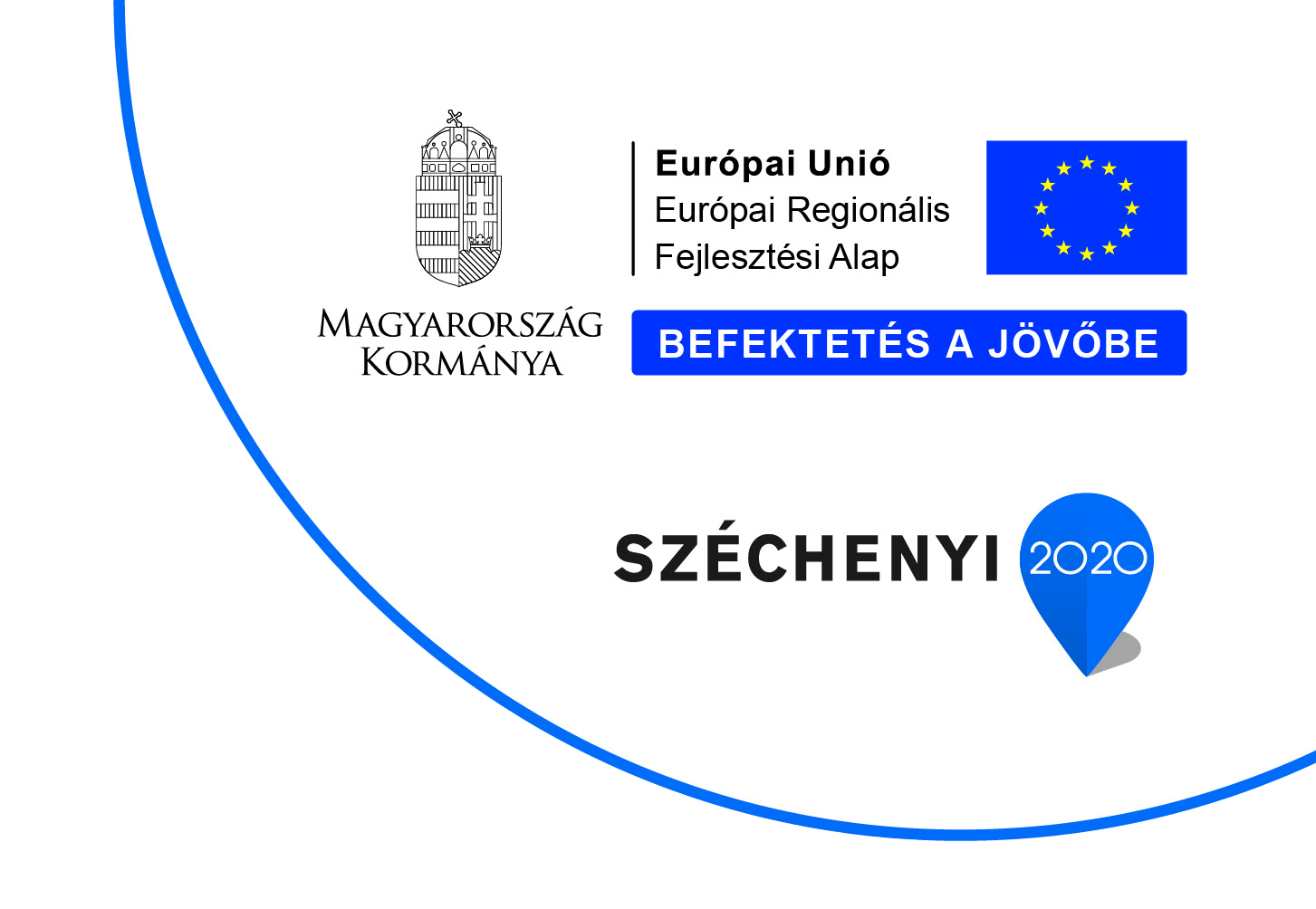Modern flow chemistry methods offer new chemical space for drug discovery programs: novel compounds can be synthesized in dedicated high temperature/high pressure (high T/p) reactors, while reaction times can be shortened dramatically.
Download- Home › Application notes ›
- Safe and efficient Diels-Alder cycloaddition reactions under continuous flow

